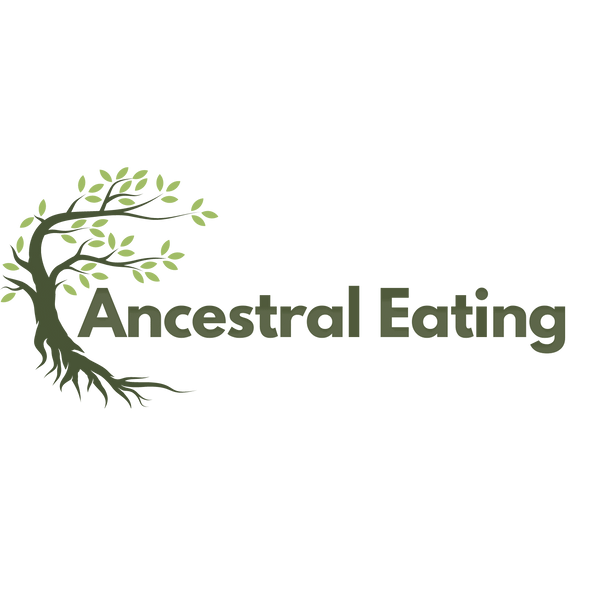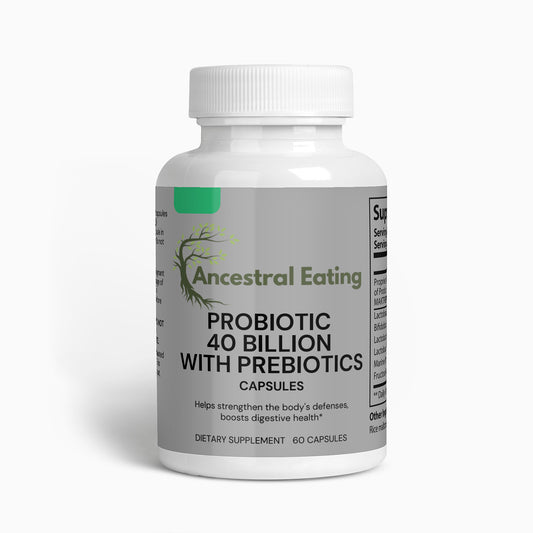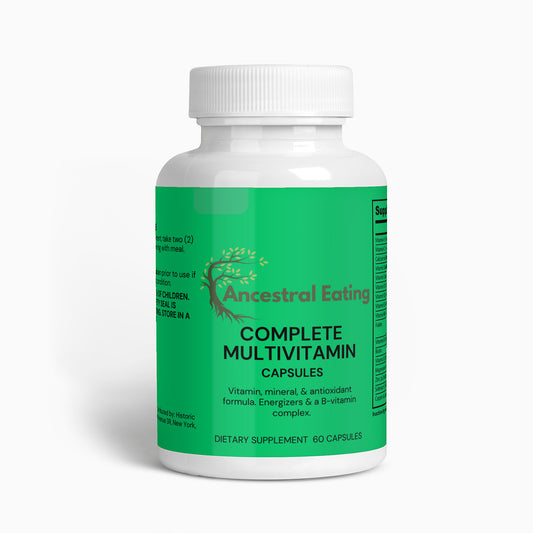Greenland's traditional cuisine is shaped largely by its Arctic environment and the indigenous Inuit culture. While influenced to some extent by Danish colonization, the island's diet remains rooted in locally available resources, primarily marine and terrestrial animals. Over the last 500 years, some of the key foods and food groups in Greenland have included:
Marine Resources:
- Fish: Arctic char, halibut, and cod are staples of the Greenlandic diet. These are often consumed fresh, dried, or smoked.
- Seal: Seal meat and blubber are traditional foods, rich in protein and essential fats. They can be eaten raw, boiled, or dried.
- Whale: While less common than other marine resources due to international regulations, whale meat and blubber (called "muktuk") are traditional foods.
Land Animals:
- Reindeer and Caribou: Both are hunted for their meat, which is usually boiled, dried, or occasionally fermented.
- Musk Ox: This meat is considered a delicacy and is often reserved for special occasions. It's typically boiled or roasted.
- Birds: Sea birds like guillemot are also consumed, usually boiled or dried.
Plant Foods:
- Berries: Crowberries, blueberries, and lingonberries are traditionally harvested during the short Arctic summer and consumed fresh or preserved.
- Herbs: Limited to what can be foraged, like sorrel and Arctic thyme.
Imported Foods:
- Potatoes: Introduced relatively recently but have become a common part of meals.
- Grains: Imported grains like barley are used to make bread and other baked goods.
Traditional Dishes:
- Suaasat: A traditional soup usually made from seal, whale, reindeer, or seabirds, often including onions, potatoes, and carrots.
- Kiviak: A special dish of fermented birds that have been stored in a seal skin for several months.
Modern Influences:
- European Foods: With Danish influence, foods like bread, dairy products, and vegetables have become more common, but they are often imported and can be expensive.
- Processed Foods: Modern Greenlandic diets, particularly in urban areas, include more processed foods, which has led to concerns about health impacts like obesity and heart disease.
Beverages:
- Tea and Coffee: Highly popular, especially for social occasions.
- Alcoholic Drinks: Consumption has increased due to European influence but is subject to various social and health considerations.
Historical Influences:
- Inuit Traditions: Indigenous hunting and gathering methods, including the use of every part of hunted animals, have long been central to Greenlandic food culture.
- Danish Colonization: Brought new ingredients and cooking methods, impacting the modern Greenlandic diet.
Though Greenland's cuisine has evolved over time—especially with increased contact with Europe and the wider availability of imported goods—its core remains rooted in the traditional Inuit practices of hunting, fishing, and foraging.






